
The information blocking rule implemented in April 2021 requires all health care organizations to share patient information.

The information blocking rule implemented in April 2021 requires all health care organizations to share patient information.
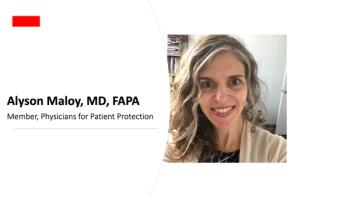
Early retirements and a declining population of practitioners make staffing difficult.

A bad problem got even worse as the pandemic swept through the country.
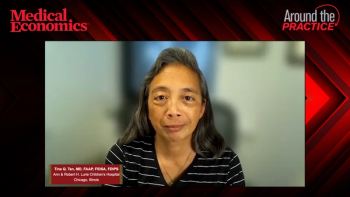

What metrics should you use to track whether your practice's marketing plan is working?
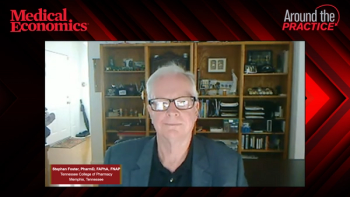
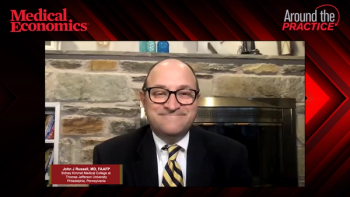




A group of experts led by Tina Q. Tan, MD, FAAP, FIDSA, FDIPS, discuss how best to address influenza prevention, identification, and treatment in the COVID-19 era and beyond.




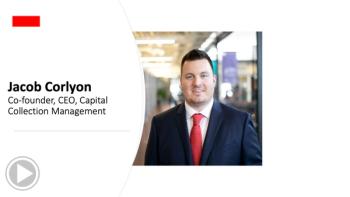
Treat the process as an important cog in your revenue generation.

There are about 100 HIEs across the country.

Listen carefully and search for mutual solutions.

Physicians can use HIEs in two ways.

Empathy and financial options go a long way.

How a practice joins an HIE depends on several factors.

Following the same guide for everyone avoids problems.

HIEs can better treat patients with COVID-19.

Create a process that everyone should follow.

The difference between directed and query-based HIEs.

The cyber threat against healthcare businesses is exploding, and here's what you can do about it, on this week's Medical Economics Pulse.

Christopher Hobson, M.D., explains the background, purpose and functioning of HIEs.

Take the right approach to maximize your return.
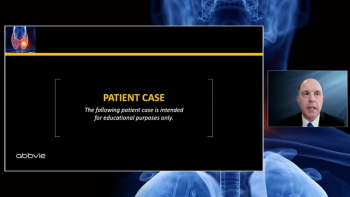
Todd Frieze, MD, FACP, FACE, walks us through a patient case revealing the importance of medication compliance and the potential impact of switching therapy.

Guideline recommendations for treatment and goals of therapy in hypothyroidism, as well as challenges and special patient populations, are discussed.